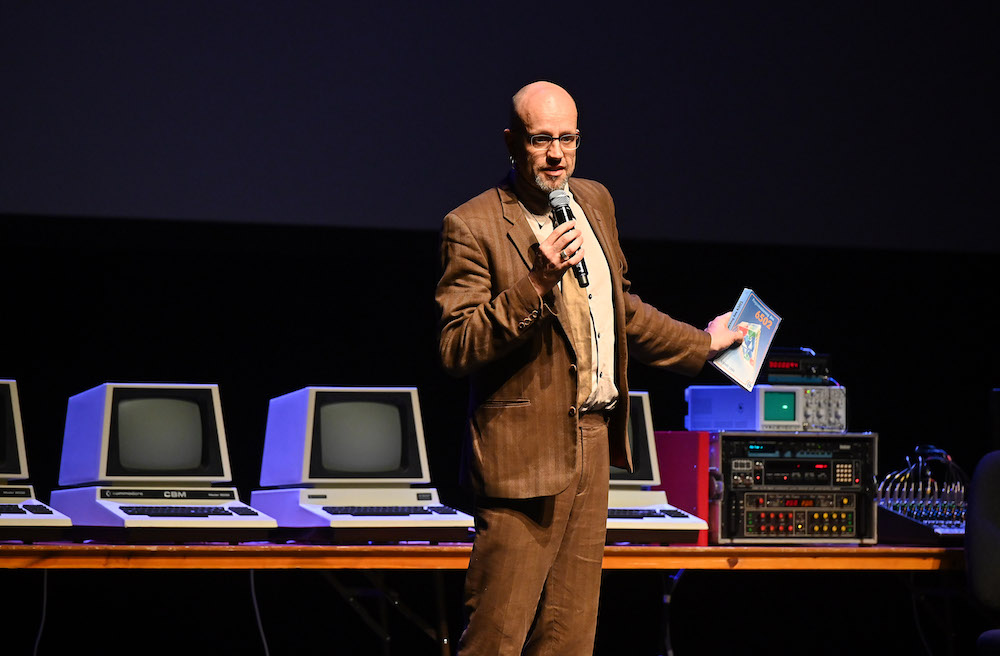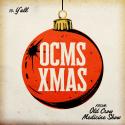Robert Henke is to techno fans as Leo Fender and Les Paul are to rock lovers. The Ableton Live software which he co-created is every bit as influential as any guitar they built, and probably more used. However, of course, being just a piece of code, it could never be iconic like a guitar. This performance was partly inspired by that fact: as Henke explained in his preamble, he's fascinated with a time when computers were a whole lot simpler and, perhaps, cooler to look at.
Looking like a funky Open University lecturer in brown suit and pointy boots, Henke explained the 1980 Commodore PET computers he was using for the show were both the beginning of personal computing, and the last time a single computer was simple enough for an electrical engineer to entirely comprehend. “The last time we were in control!”

To begin with, as Henke showed how typing and deleting numbers on his control terminal could generate rhythms, it seemed primitive indeed, as you'd expect from machines 100,000 times simpler than a modern laptop. But very quickly as the sounds accumulated and the sheets of reverb washed over us, it came to resemble the extremely advanced techno, dub and ambient he makes as Monolake. It became, in fact, sublime.
The aesthetic helped. Those old terminals, and the green screen, have cultural resonance: they're from a Kubrickian dream, a time when computers symbolised hope. Combined with the sense of enormously simple programming generating emotionally potent sound and art on a grand scale, it became way more than an intellectual or historical exercise. By the end even the most reserved nerds and cynical hipsters in the crowd were visibly transported; who'd have thought coding could have such power?














Add comment